-
 Bitcoin
Bitcoin $83,350.2499
4.77% -
 Ethereum
Ethereum $1,566.0202
2.97% -
 Tether USDt
Tether USDt $0.9995
0.01% -
 XRP
XRP $2.0175
2.69% -
 BNB
BNB $586.4033
1.78% -
 Solana
Solana $120.6064
7.12% -
 USDC
USDC $0.9998
0.01% -
 Dogecoin
Dogecoin $0.1598
4.03% -
 TRON
TRON $0.2433
2.96% -
 Cardano
Cardano $0.6234
2.63% -
 UNUS SED LEO
UNUS SED LEO $9.3857
-0.28% -
 Chainlink
Chainlink $12.6297
4.85% -
 Avalanche
Avalanche $19.0868
4.71% -
 Toncoin
Toncoin $2.9317
0.69% -
 Stellar
Stellar $0.2337
1.78% -
 Shiba Inu
Shiba Inu $0.0...01220
4.96% -
 Sui
Sui $2.1816
3.70% -
 Hedera
Hedera $0.1668
-0.28% -
 Bitcoin Cash
Bitcoin Cash $312.7762
7.71% -
 MANTRA
MANTRA $6.4005
-0.43% -
 Litecoin
Litecoin $76.0972
3.24% -
 Polkadot
Polkadot $3.5505
2.51% -
 Dai
Dai $0.9999
0.01% -
 Hyperliquid
Hyperliquid $15.7698
10.07% -
 Bitget Token
Bitget Token $4.2986
2.75% -
 Ethena USDe
Ethena USDe $0.9987
0.01% -
 Pi
Pi $0.6371
8.10% -
 Monero
Monero $206.0921
2.67% -
 Uniswap
Uniswap $5.2263
4.24% -
 OKB
OKB $53.3127
0.50%
blockchain usage examples
Blockchain technology's diverse applications, ranging from digital currencies to medical records management, are transforming industries with their decentralized, immutable nature and secure transaction capabilities.
Oct 19, 2024 at 04:42 pm

Blockchain: Transforming Industries with its Diverse Applications
Overview
Blockchain technology has emerged as a revolutionary force, reshaping industries from finance to healthcare. Its decentralized, immutable nature and secure transaction capabilities have unlocked a wide range of innovative applications.
Finance Sector
- Cryptocurrencies: Blockchain underpins digital currencies like Bitcoin and Ethereum, allowing for secure and transparent transactions without intermediaries.
- Smart Contracts: Self-executing agreements enforce contract terms automatically, reducing costs and increasing efficiency in financial transactions.
- Remittances: Blockchain-based remittance services offer faster, cheaper, and more transparent cross-border payments.
Supply Chain Management
- Product Tracking: Blockchain enables the tracking of goods throughout the supply chain, ensuring product authenticity and providing real-time visibility.
- Compliance Monitoring: Blockchain records provide tamper-proof evidence of compliance with regulations, reducing risk and ensuring accountability.
Healthcare
- Medical Records Management: Blockchain secures and streamlines medical records, improving data accessibility and patient privacy.
- Drug Traceability: Blockchain-based systems track the distribution and usage of pharmaceuticals, reducing counterfeiting and improving safety.
- Clinical Trials: Blockchain facilitates the efficient management and sharing of clinical trial data, accelerating research and drug discovery.
Government and Public Sector
- Voting Systems: Blockchain-based voting offers increased security, transparency, and auditability, enhancing the integrity of elections.
- Property Ownership: Blockchain provides tamper-proof land registry systems, reducing fraud and facilitating efficient property transactions.
- Tax Management: Blockchain enables secure and efficient tax collection, reducing fraud and improving revenue generation.
Other Applications
- Energy Trading: Blockchain-enabled platforms facilitate the decentralized trading of renewable energy, promoting efficiency and sustainability.
- Digital Identity: Blockchain-based digital identity solutions offer secure and verifiable credentials, reducing fraud and improving authentication processes.
- Education: Blockchain-based educational systems provide tamper-proof credentials, promote student achievement, and streamline accreditation processes.
Conclusion
Blockchain's versatility and disruptive potential have made it a transformative force across industries. From financial services to healthcare and even government, its applications are expanding, revolutionizing processes, improving efficiency, and enhancing transparency. As blockchain technology continues to evolve, we can expect even more innovative and groundbreaking applications that will shape the future of our economy and society.
Disclaimer:info@kdj.com
The information provided is not trading advice. kdj.com does not assume any responsibility for any investments made based on the information provided in this article. Cryptocurrencies are highly volatile and it is highly recommended that you invest with caution after thorough research!
If you believe that the content used on this website infringes your copyright, please contact us immediately (info@kdj.com) and we will delete it promptly.
- Can Cardano (ADA) Really Hit $2 in 2025?
- 2025-04-12 07:30:12
- Bitcoin prices fell below a key psychological threshold on Monday, dipping to $79,000
- 2025-04-12 07:30:12
- Tariffs, tariffs, tariffs. Trump's on-again, off-again import levies dominated the week.
- 2025-04-12 07:25:14
- Coldware (COLD) Remains Committed to Decentralization as the World of Cryptocurrency Regulation Heats Up
- 2025-04-12 07:25:14
- Coldware (COLD) May Surpass Ethereum (ETH) as the Second-Largest Cryptocurrency by Market Cap by 2027
- 2025-04-12 07:20:13
- Astar Contribution Score (ACS) Drives Soneium's Ecosystem Growth
- 2025-04-12 07:20:13
Related knowledge

What is a ring signature on a blockchain?
Apr 12,2025 at 06:15am
A ring signature is a type of digital signature that can be used on a blockchain to enhance the privacy and anonymity of transactions. This cryptographic technique allows a group of users to sign a message or transaction in such a way that it is impossible to determine which specific user in the group actually created the signature. Ring signatures are ...
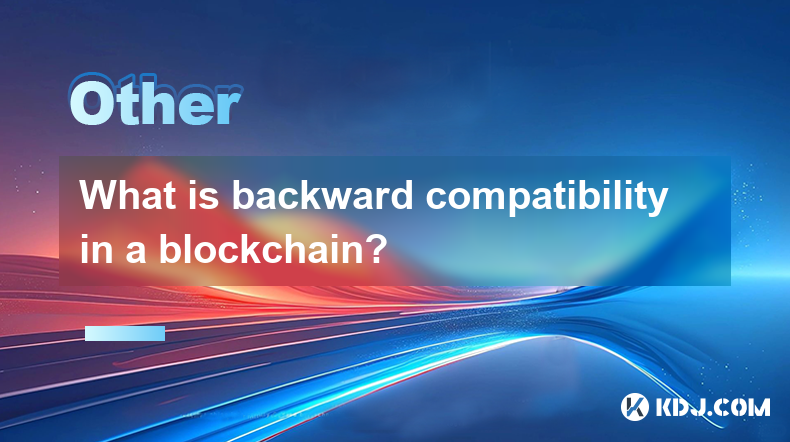
What is backward compatibility in a blockchain?
Apr 12,2025 at 06:01am
What is backward compatibility in a blockchain? Backward compatibility in a blockchain refers to the ability of a newer version of the blockchain protocol or software to interact seamlessly with older versions. This concept is crucial for maintaining the integrity and continuity of a blockchain network, ensuring that all participants, regardless of the ...
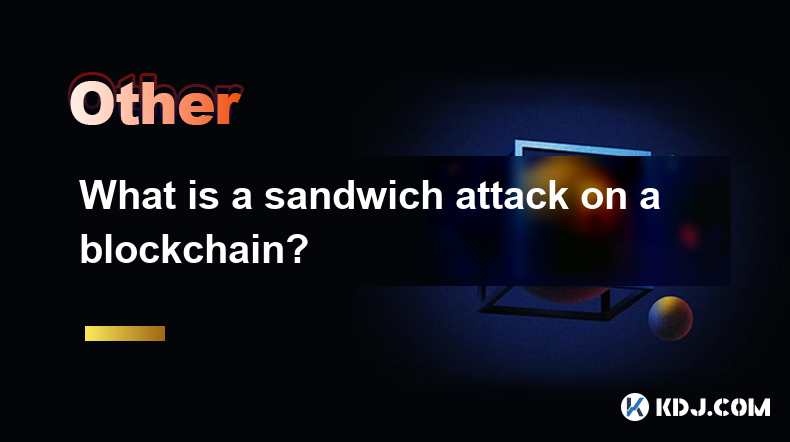
What is a sandwich attack on a blockchain?
Apr 12,2025 at 07:00am
A sandwich attack is a type of exploit in the cryptocurrency space that takes advantage of the order of transactions in a blockchain. This type of attack is particularly prevalent in decentralized exchanges (DEXs) that use an automated market maker (AMM) model. In a sandwich attack, an attacker strategically places their transactions around a victim's t...
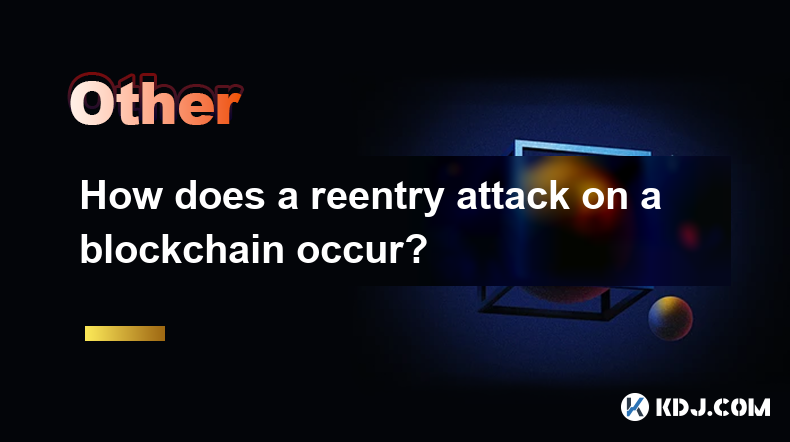
How does a reentry attack on a blockchain occur?
Apr 11,2025 at 08:21pm
Introduction to Reentry AttacksA reentry attack is a type of exploit that can occur on blockchain smart contracts, particularly those that handle financial transactions. This type of attack takes advantage of vulnerabilities in the contract's code, allowing an attacker to repeatedly call a function before the initial transaction is completed. Understand...
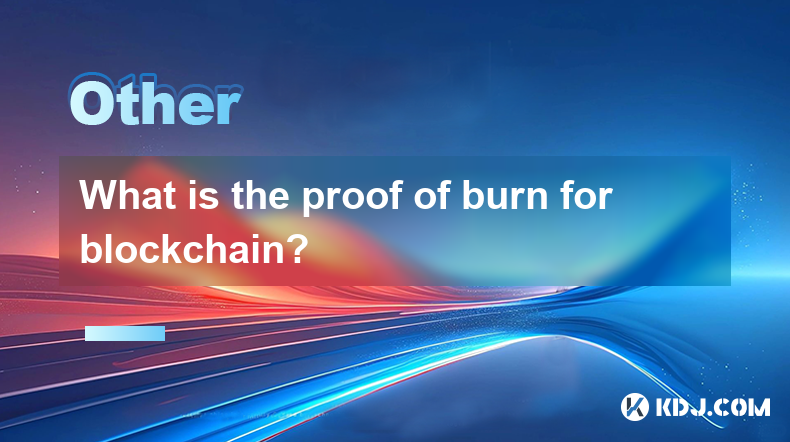
What is the proof of burn for blockchain?
Apr 12,2025 at 04:49am
Introduction to Proof of BurnProof of Burn (PoB) is a consensus mechanism used in blockchain networks that serves as an alternative to more common methods like Proof of Work (PoW) and Proof of Stake (PoS). In the context of cryptocurrencies, PoB is designed to incentivize network participants to 'burn' or permanently destroy a certain amount of cryptocu...
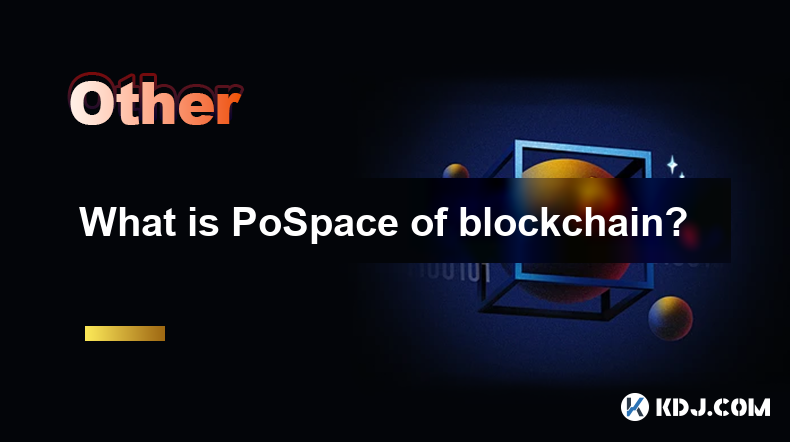
What is PoSpace of blockchain?
Apr 12,2025 at 05:42am
What is PoSpace of blockchain?Proof of Space (PoSpace) is an innovative consensus mechanism used in blockchain technology that leverages the unused storage space on participants' hard drives to validate transactions and secure the network. Unlike Proof of Work (PoW), which requires significant computational power, or Proof of Stake (PoS), which relies o...

What is a ring signature on a blockchain?
Apr 12,2025 at 06:15am
A ring signature is a type of digital signature that can be used on a blockchain to enhance the privacy and anonymity of transactions. This cryptographic technique allows a group of users to sign a message or transaction in such a way that it is impossible to determine which specific user in the group actually created the signature. Ring signatures are ...

What is backward compatibility in a blockchain?
Apr 12,2025 at 06:01am
What is backward compatibility in a blockchain? Backward compatibility in a blockchain refers to the ability of a newer version of the blockchain protocol or software to interact seamlessly with older versions. This concept is crucial for maintaining the integrity and continuity of a blockchain network, ensuring that all participants, regardless of the ...

What is a sandwich attack on a blockchain?
Apr 12,2025 at 07:00am
A sandwich attack is a type of exploit in the cryptocurrency space that takes advantage of the order of transactions in a blockchain. This type of attack is particularly prevalent in decentralized exchanges (DEXs) that use an automated market maker (AMM) model. In a sandwich attack, an attacker strategically places their transactions around a victim's t...

How does a reentry attack on a blockchain occur?
Apr 11,2025 at 08:21pm
Introduction to Reentry AttacksA reentry attack is a type of exploit that can occur on blockchain smart contracts, particularly those that handle financial transactions. This type of attack takes advantage of vulnerabilities in the contract's code, allowing an attacker to repeatedly call a function before the initial transaction is completed. Understand...

What is the proof of burn for blockchain?
Apr 12,2025 at 04:49am
Introduction to Proof of BurnProof of Burn (PoB) is a consensus mechanism used in blockchain networks that serves as an alternative to more common methods like Proof of Work (PoW) and Proof of Stake (PoS). In the context of cryptocurrencies, PoB is designed to incentivize network participants to 'burn' or permanently destroy a certain amount of cryptocu...

What is PoSpace of blockchain?
Apr 12,2025 at 05:42am
What is PoSpace of blockchain?Proof of Space (PoSpace) is an innovative consensus mechanism used in blockchain technology that leverages the unused storage space on participants' hard drives to validate transactions and secure the network. Unlike Proof of Work (PoW), which requires significant computational power, or Proof of Stake (PoS), which relies o...
See all articles























































































